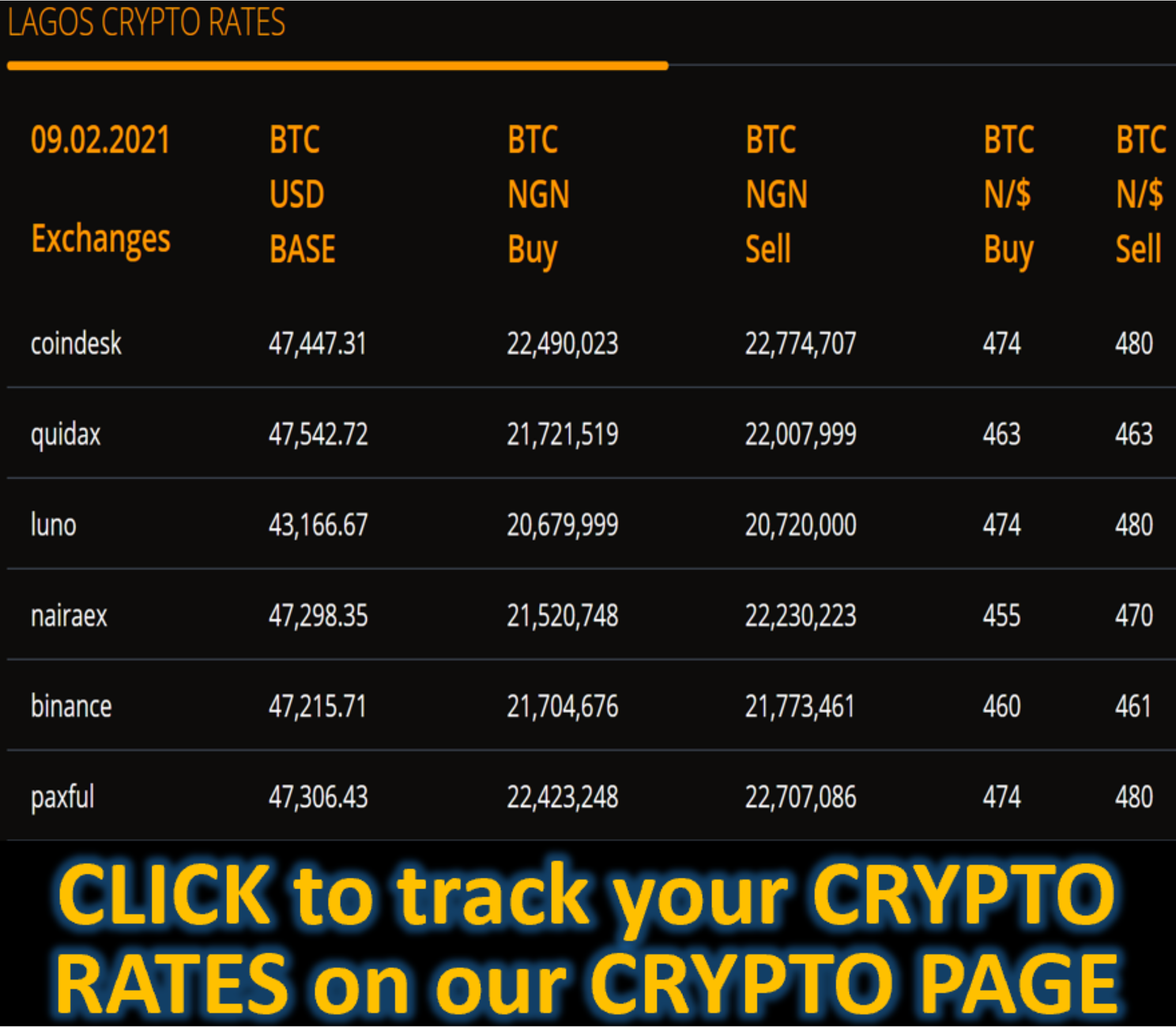Market News
Oil glut predicted to drive prices down to 20-year low
BY Chris Price
Oil prices are on course to fall to their lowest level in two decades outside the pandemic, analysts at JP Morgan have predicted.
In a potential boost for drivers, JP Morgan said the price of a barrel of Brent crude oil would average $42 (£32) during 2027 as a surge in production by the Opec cartel triggers a supply glut.
Without any intervention, prices would end up “sliding into the $30s by year-end”, the bank said. Barring the pandemic, when lockdown rules meant travel was heavily restricted, prices were last at $30 in 2004.
The price of Brent has fallen from more than $82 in January to $62 on Tuesday as the Saudi-led Opec cartel of oil producing nations has boosted output to protect its market share.
Meanwhile, demand has been hit as Chinese consumers ditch petrol and diesel cars for electric vehicles.
Lower oil prices typically help motorists as forecourts should pass on falling wholesale costs to consumers.
JP Morgan forecast that the surplus in oil production would climb to 2.8 million barrels per day (bpd) next year, up from 1.5 million bpd so far this year.
“Under these conditions, Brent prices are likely to slip below $60 in 2026, drop into the low $50s by the final quarter, and close the year with a $4 handle,” the analysts said.

'
“The outlook worsens in 2027, as mounting surpluses drive Brent to an average $42, with prices sliding into the $30s by year-end”.
Analysts at Deutsche Bank and Macquarie have also forecast drops in oil prices to the mid $50s by the end of this year.
Luke Bosdet of the AA said a fall “would be a huge boost to the finances of families with cars and, more importantly, the cost of haulage”.
“That would have a big impact on prices to customers, which should be passed on to consumers,” he said.
In its latest report, the International Energy Agency said that global oil supply was up by a “massive” 6.2 million bpd since January.
Global oil stockpiles surged by 77.7 million barrels, or 2.6 million bpd, in September, reaching the highest level since July 2021.
However, the Agency warned it was not yet clear how supplies would be impacted by the recent tariff turmoil, the US federal government shutdown and British and American sanctions on Russia’s two largest producers Rosneft and Lukoil.
The Agency said: “Saudi Arabia boosted supply by close to 1.5 million bpd from January through October, in line with its higher quota.
“By contrast, Russian production is up by only 120,000 bpd over the same period, with growth stymied by sanctions and a challenging operating environment.”
It added that in the final three months of this year, global oil consumption growth “is expected to ease” compared to the previous quarter while crude supply “is on course to rebound further, adding to market balances that look increasingly askew”.









